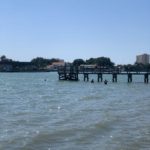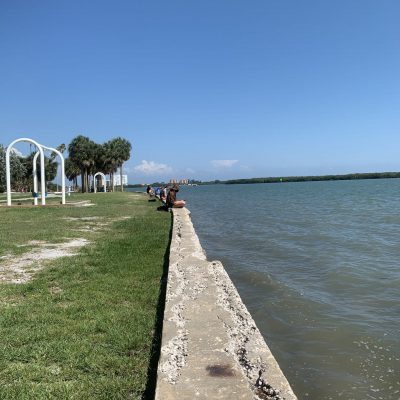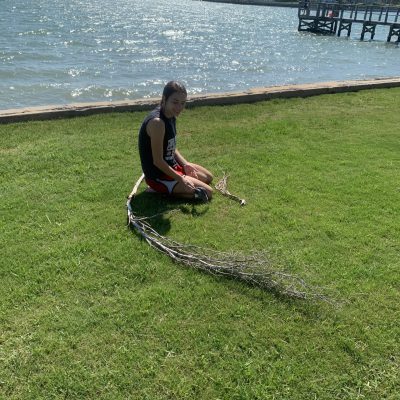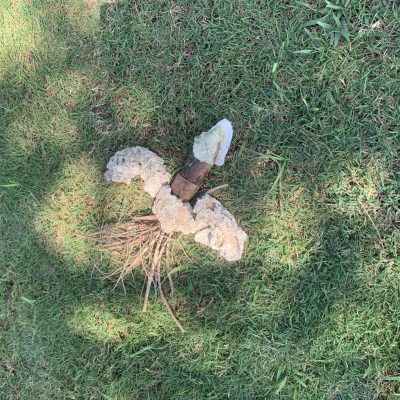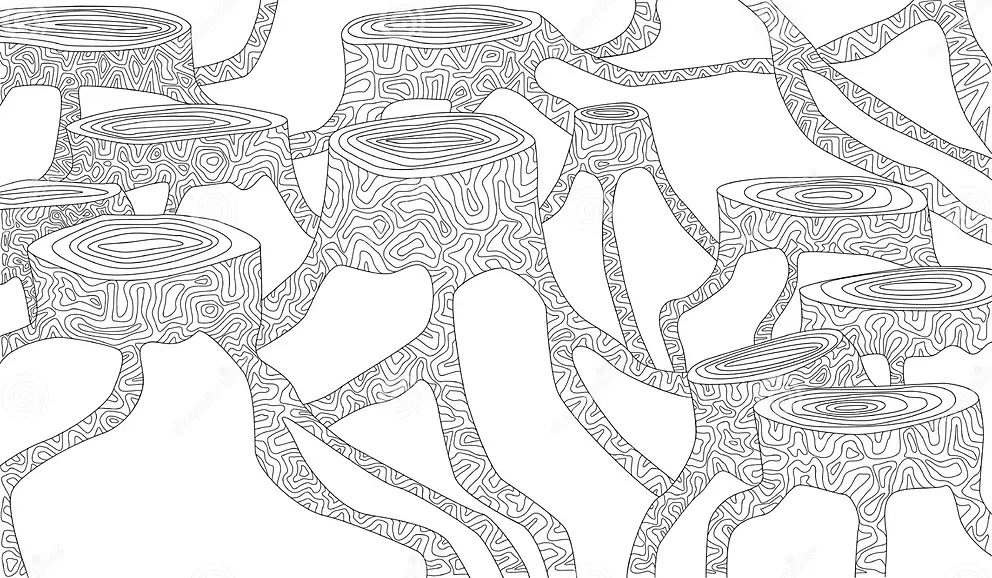Story Info
Story Info
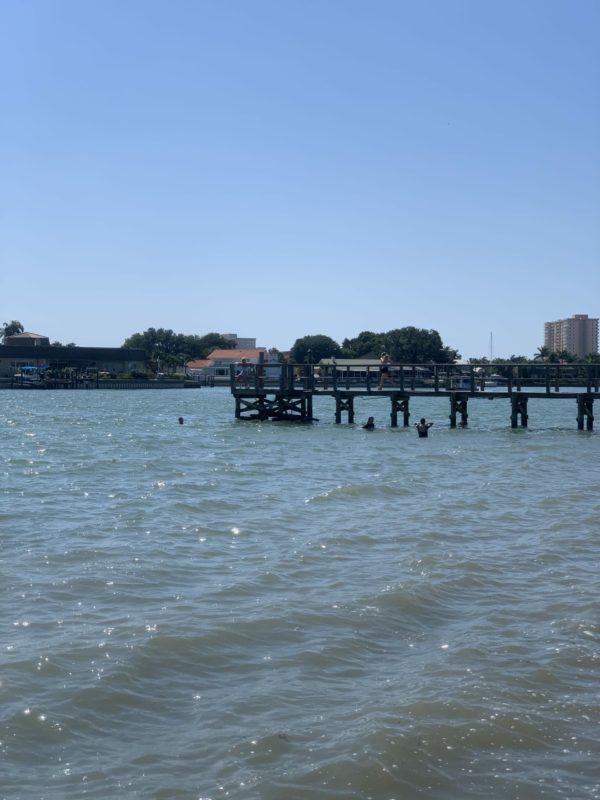
Jo Huxster
St. Petersburg, Florida
2021
Type of Wounded Place
Story & Experience
Every Spring semester, I teach a course called Climate Change Communication. The material is fascinating but, at times, tough and discouraging. Often my students come to the class hoping that there is a secret formula for communication that will make everything OK, and, of course, there isn’t. On top of their day-to-day college stress, these students come in feeling the existential threat of a future ruined by corporate, political, and economic forces of older generations. There are sometimes tears in class. There is always passion. This semester was made even more emotional and stressful with the threat of COVID-19 and the inability of students to blow of steam in the usual social settings.
I always schedule our Global Earth Exchange for the last day of class. The students prep for class by reading about grief, hope, and climate anxiety. We go down to the beach on campus, which was created from dredged land (a wounded ecosystem) and is now threatened by sea level rise. This semester we sat in a circle under a pavilion and talked about our grief, depression, and hope. I explained Radical Joy for Hard Times and the Global Earth Exchange to them and sent them off. Some sat alone under wind-blown trees. Some sat silently in a line, perched on the seawall. After some time contemplating and just being with the wounded place, a handful (led by my TA, of all people) jumped off the end of the dock into Tampa Bay. All the students, both soggy and dry, came back to the beach to make their Acts of Beauty – birds, fish, infinite spirals. One student took a broken coconut shell and tied it back together with palm fronds. He decorated it with flowers. He said “This is me right now. Tied back together.”
After we all finished, my students gathered to say goodbye. Some stayed to chat with me on the beach. Some jumped back in the ocean. Another semester has passed and another fresh group of climate communicators are out in the world, making their mark, and remembering to honor the wounded places around them.
Every Spring semester, I teach a course called Climate Change Communication. The material is fascinating but, at times, tough and discouraging. Often my students come to the class hoping that there is a secret formula for communication that will make everything OK, and, of course, there isn’t. On top of their day-to-day college stress, these students come in feeling the existential threat of a future ruined by corporate, political, and economic forces of older generations. There are sometimes tears in class. There is always passion. This semester was made even more emotional and stressful with the threat of COVID-19 and the inability of students to blow of steam in the usual social settings.
I always schedule our Global Earth Exchange for the last day of class. The students prep for class by reading about grief, hope, and climate anxiety. We go down to the beach on campus, which was created from dredged land (a wounded ecosystem) and is now threatened by sea level rise. This semester we sat in a circle under a pavilion and talked about our grief, depression, and hope. I explained Radical Joy for Hard Times and the Global Earth Exchange to them and sent them off. Some sat alone under wind-blown trees. Some sat silently in a line, perched on the seawall. After some time contemplating and just being with the wounded place, a handful (led by my TA, of all people) jumped off the end of the dock into Tampa Bay. All the students, both soggy and dry, came back to the beach to make their Acts of Beauty – birds, fish, infinite spirals. One student took a broken coconut shell and tied it back together with palm fronds. He decorated it with flowers. He said “This is me right now. Tied back together.”
After we all finished, my students gathered to say goodbye. Some stayed to chat with me on the beach. Some jumped back in the ocean. Another semester has passed and another fresh group of climate communicators are out in the world, making their mark, and remembering to honor the wounded places around them.
Why this Place?
St. Petersburg, Florida
Eckerd College is built on mostly dredged land. This space was a marine ecosystem prior to its destruction to create the college. Now this land is threatened with sea level rise as our climate warms. It is both a wounded place and a threatened one.
Act of Beauty
Say more about your actions and activity
Each student created their own Acts of Beauty, mostly with found objects on the beach. Two students wrote poems and read them aloud to me and to the land and sea around them.
RECENT STORIES
Remembrance Day for Lost Species in Helsinki 2023
On November 30th, there was first a session organized by the Finnish social and health sector project about eco-anxiety and eco-emotions (www.ymparistoahdistus.fi). This “morning coffee roundtable”, a hybrid event, focused this time on ecological grief [...]
Ashdown Forest
Ashdown Forest is an area of natural beauty in West Sussex, England. It is also one of the very few remaining areas of extensive lowland heath left in Europe. This rare and threatened landscape is [...]
